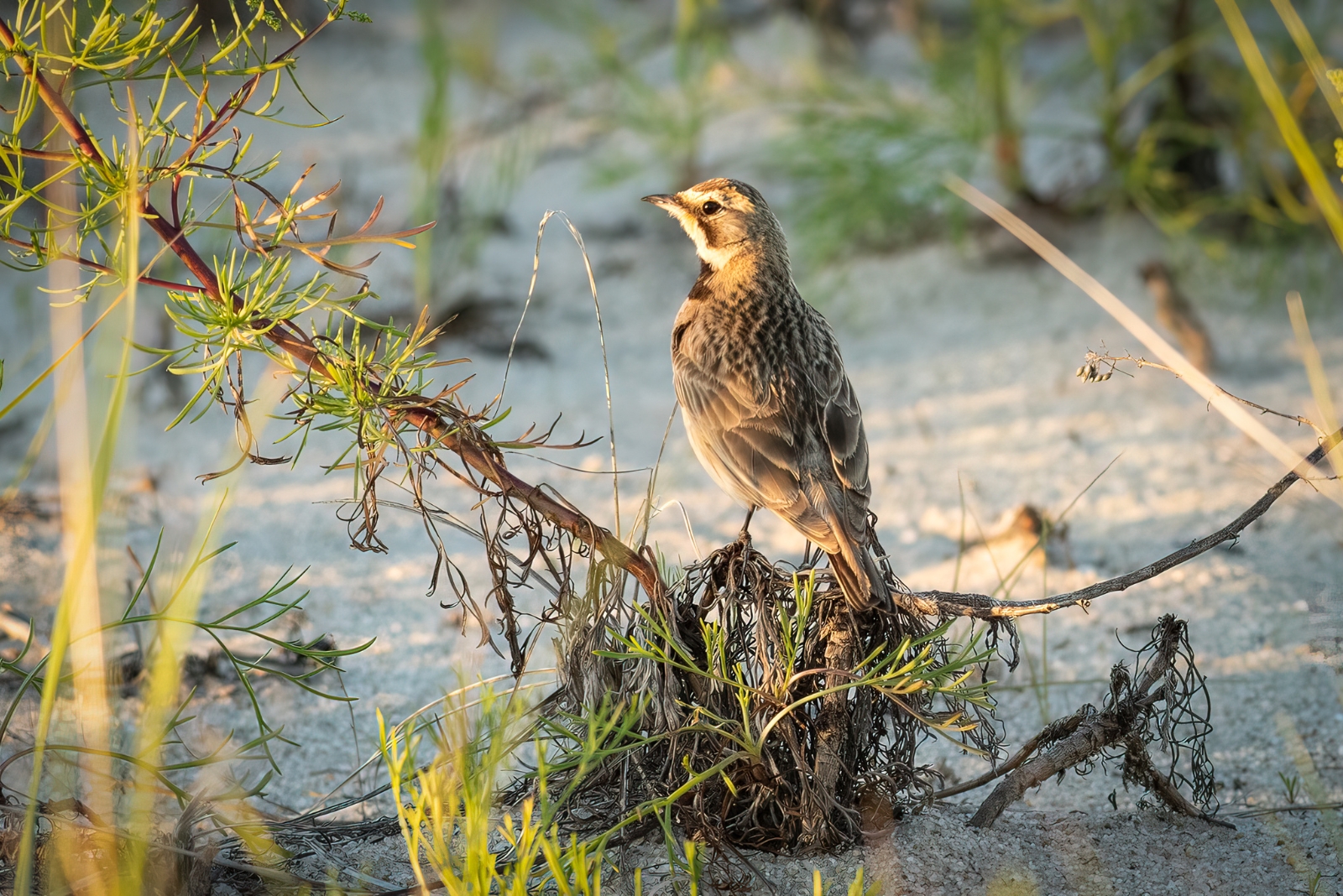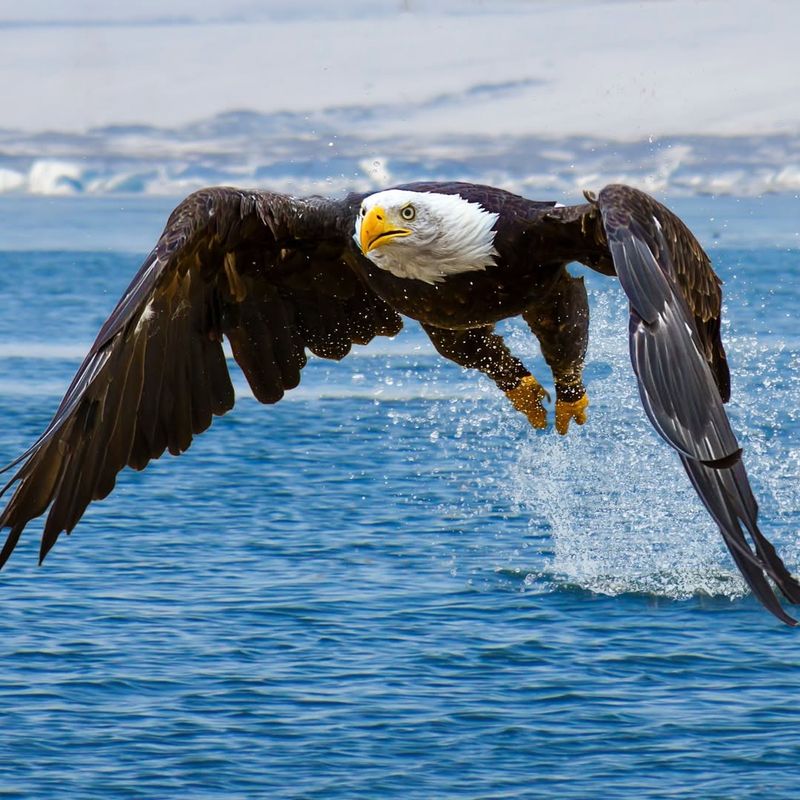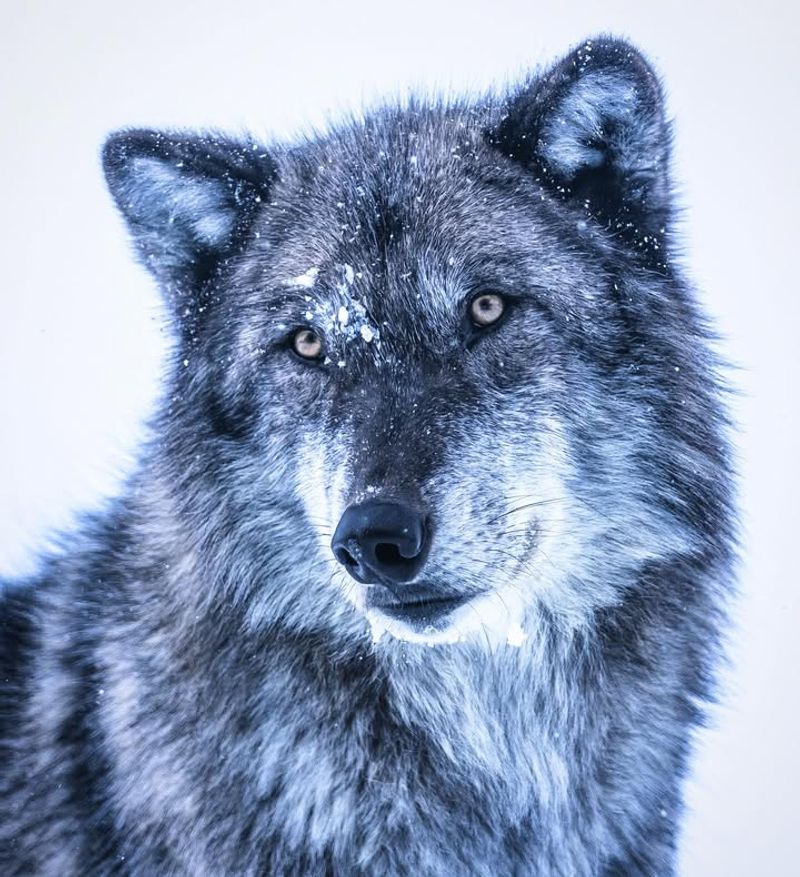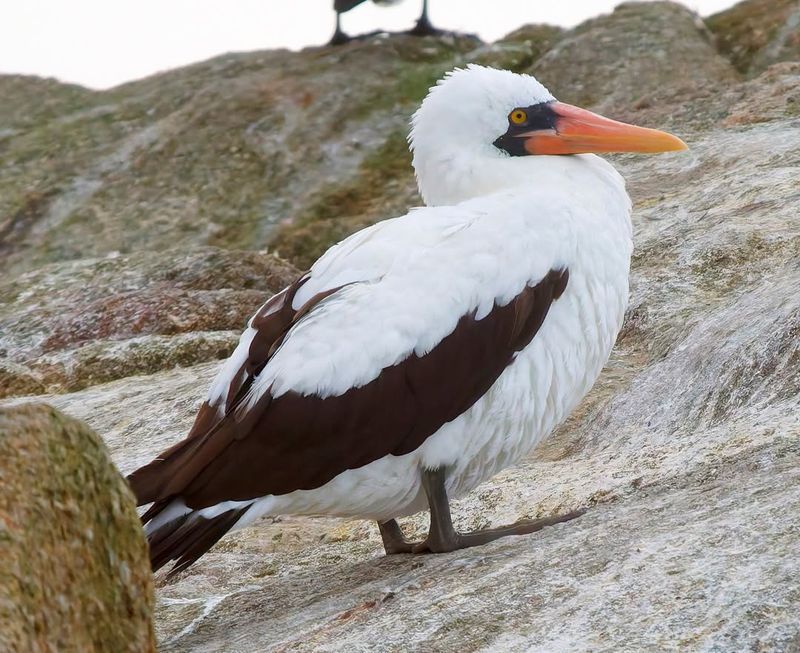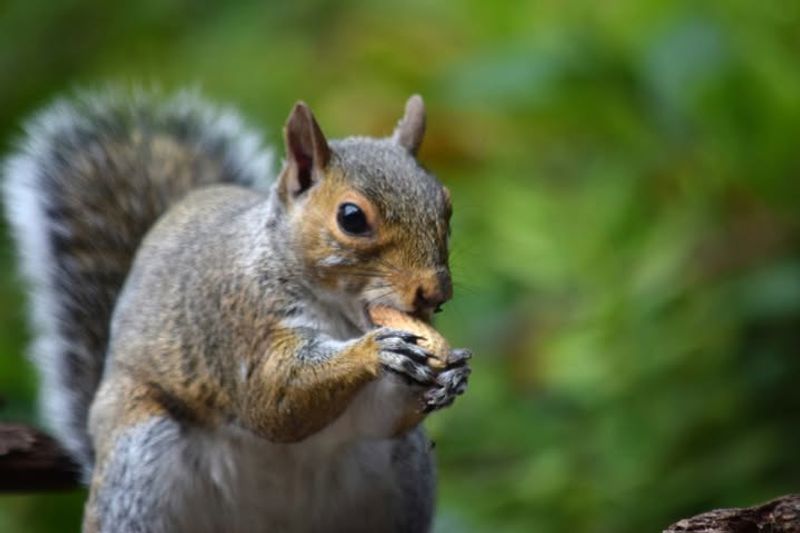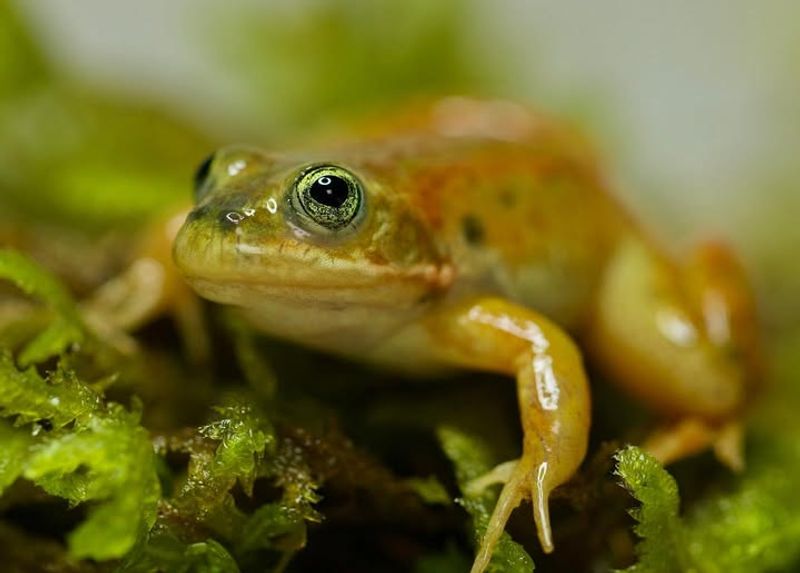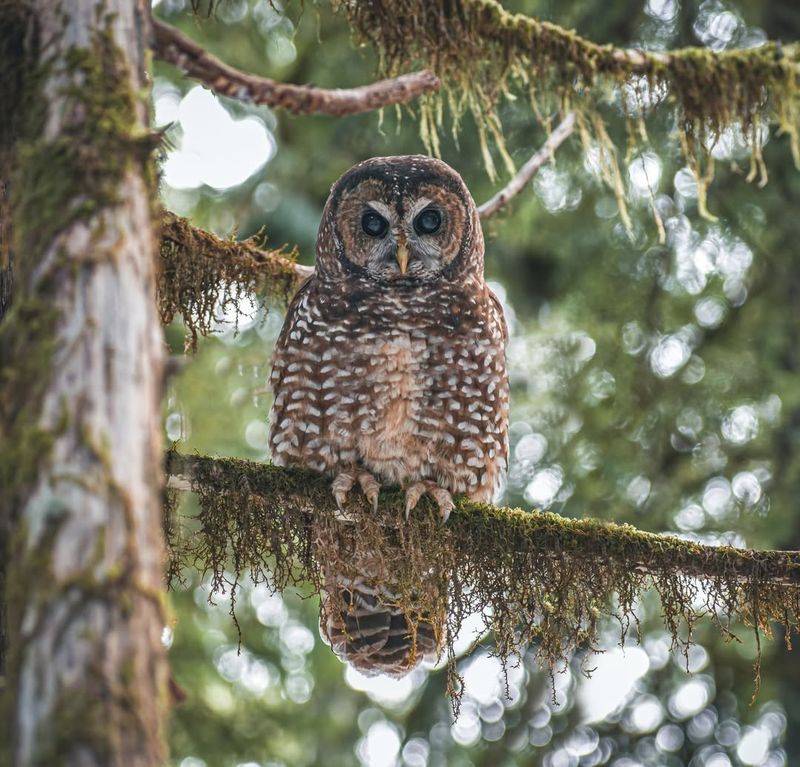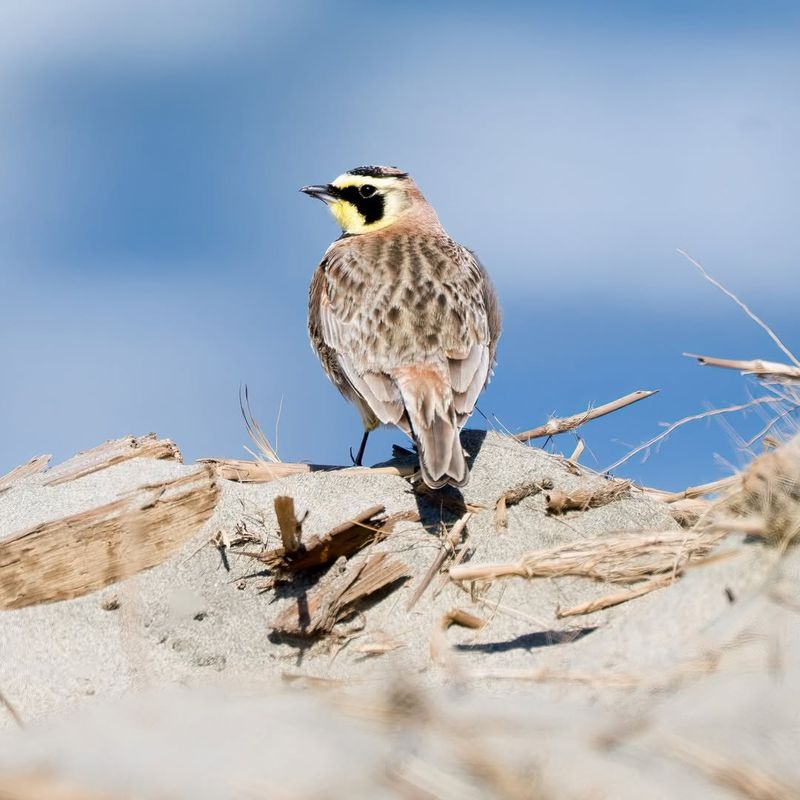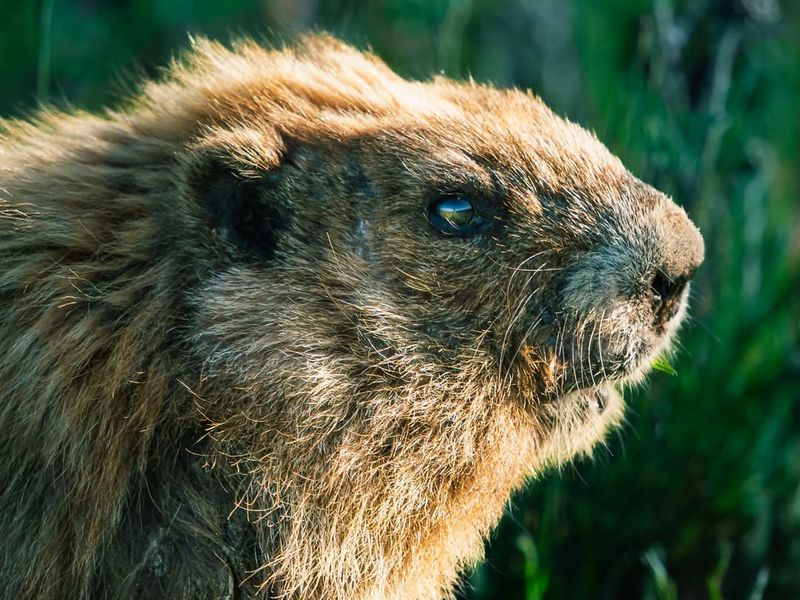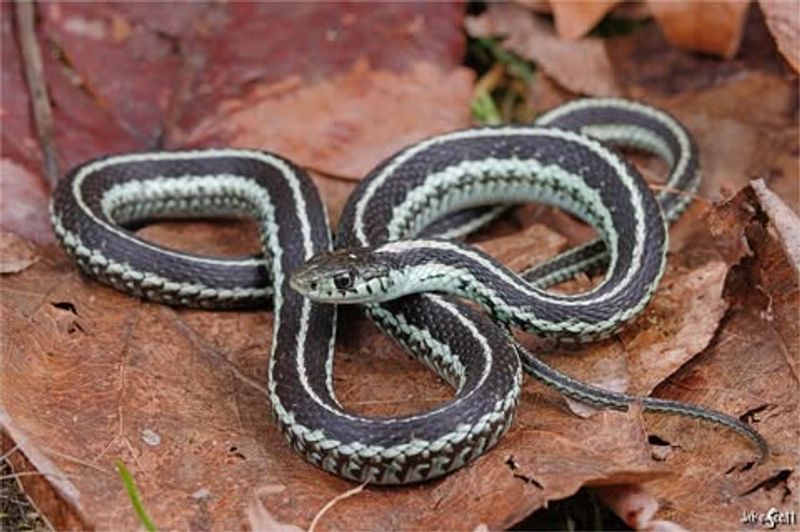Think twice before chasing that critter out of your yard. In Washington, not every wild visitor is fair game for removal. From nesting birds to certain amphibians, the state’s wildlife laws protect more creatures than most homeowners realize.
A well-meaning attempt to tidy up could leave you facing a fine — or worse, harming an animal that’s simply minding its business.
1. Bald Eagles
America’s national symbol soars through Washington skies, and federal law protects every feather on its body. Harming or disturbing a bald eagle can land you with fines up to $100,000 and a year in prison.
Even picking up a fallen feather is illegal without special permits. Bald eagles nest near water sources throughout Washington, feeding mainly on fish. If you spot one, admire it from a distance and never approach their massive nests, which can weigh over a ton!
2. Gray Wolves
Once nearly extinct in Washington, gray wolves have slowly returned to the state’s wilderness areas. State law classifies them as endangered, making it illegal to hunt, trap, or harm them without authorization.
Wolf packs help control deer and elk populations, preventing overgrazing. Only wildlife officials can remove problem wolves that threaten livestock. Ranchers must use non-lethal methods first, like guard dogs or special fencing, before any wolf can be considered for removal by authorities.
3. Marbled Murrelets
This quirky seabird nests high in old-growth forest trees but feeds in ocean waters—talk about a commute! Marbled murrelets are federally threatened, so disturbing their nests or habitat violates multiple laws.
Logging companies must survey for these birds before cutting timber. The species faces threats from habitat loss and oil spills. Their unusual nesting behavior makes them vulnerable since they need ancient trees with large branches. Spotting one requires patience and a trip to Washington’s coastal forests.
4. Western Gray Squirrels
Unlike their common cousins, western gray squirrels are threatened in Washington and protected by state law. These bushy-tailed beauties prefer oak woodlands and are pickier about habitat than eastern gray squirrels.
Development and competition from introduced squirrel species have reduced their numbers dramatically. Trapping or relocating them without permits is illegal. Conservation efforts focus on preserving oak habitats in places like the South Puget Sound region. Their larger size and silvery coats distinguish them from the more common eastern grays you see everywhere.
5. Oregon Spotted Frog
Wetland destruction pushed this frog to the brink of extinction, earning it federal endangered status. Oregon spotted frogs need shallow marshes with lots of vegetation, habitat that’s increasingly rare in developed Washington.
Removing or harming them violates the Endangered Species Act. Biologists are working to restore wetlands and reintroduce captive-bred frogs. Their reddish color and heavy spotting make them distinctive. If you encounter one during wetland exploration, consider yourself lucky—just look, don’t touch, and definitely don’t take it home as a pet!
6. Northern Spotted Owl
Logging debates in the 1990s centered on this chocolate-brown owl that depends on ancient forests. Federal protection means disturbing spotted owls or their habitat carries stiff legal consequences.
They hunt flying squirrels and other small mammals in old-growth canopies. Competition from invasive barred owls complicates conservation efforts. Spotted owls mate for life and are fiercely territorial. Their soft hoots echo through Washington’s remaining old forests. Protecting them means preserving entire ecosystems that took centuries to develop and support countless other species too.
7. Streaked Horned Lark
Prairies might seem empty, but they’re home to this federally threatened songbird with tiny feather horns. Development has destroyed most of Washington’s native grasslands, leaving streaked horned larks with limited nesting areas.
Military bases and airports now provide some of their best habitat—ironic but true! Ground-nesting makes them vulnerable to predators and human disturbance. Conservation requires managing grasslands with controlled burns and grazing. Their cheerful songs once filled Puget Sound prairies. Protecting remaining populations means preserving what little grassland habitat still exists in rapidly urbanizing areas.
8. Olympic Marmot
The Olympic Marmot, with its distinctive whistle, is a symbol of Washington’s rugged beauty. Found exclusively on the Olympic Peninsula, this charming rodent hibernates for over half the year.
Its social nature makes it a joy to observe, as they bask in the sun or playfully wrestle. Their golden-brown fur and stout bodies are perfectly adapted for mountain living.
Did you know? The Olympic Marmot is Washington’s official state endemic mammal. Protecting them ensures that these unique creatures remain a part of the state’s natural heritage.
9. Puget Sound Garter Snake
Graceful and elusive, the Puget Sound Garter Snake is a master of disguise in its wetland habitats. Known for its striking stripes and gentle demeanor, this snake thrives around ponds and marshes.
Its presence is a sign of a healthy ecosystem, playing a vital role in controlling pest populations. With its vibrant colors and lithe movements, the garter snake is a true marvel of the region.
Although often overlooked, this non-venomous reptile contributes to maintaining ecological balance across Washington’s diverse landscapes.

